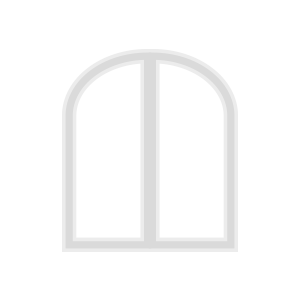If you’re in the business of building commercial vehicles, you’ll know just how tricky it is to balance performance with weight and cost with efficiency. That constant push and pull makes design decisions even more critical. But here’s the good news: materials like aluminium – and processes like aluminium extrusion bending – are making that balancing act a whole lot easier.
In this article we’ll cover what makes aluminium so effective, how aluminium tube bending and other methods shape everything from curved panels to strong structural parts and why it’s quickly becoming the go-to material for modern vehicle design.
Why Aluminium?
Strong, Light and Easy to Work With
Aluminium is one of those rare materials that ticks all the right boxes. It’s strong but light and it bends into shape without a fight. For manufacturers that’s a dream – especially when you’re trying to shave off weight without sacrificing safety or durability. That’s where techniques like aluminium tube bending come in handy, allowing you to create curved, load-bearing structures that still hold their strength.
Better for the Planet
Aluminium isn’t just recyclable – it’s endlessly recyclable. That means it can be reused over and over again without losing its quality. So, when you build with aluminium, you’re not only cutting down on vehicle weight, you’re also making an environmentally responsible choice.
It Won’t Break the Bank
Compared to materials like titanium, aluminium offers a great balance between cost and performance. It’s widely available, easy to work with and doesn’t come with a high price tag. For large-scale manufacturing, that makes a big difference.
Why Reducing Vehicle Weight Matters
Every kilogram shaved off a vehicle can save money on fuel and reduce emissions. That’s not just good for business – it’s also crucial for meeting today’s tough environmental regulations.
More manufacturers are now turning to aluminium as a go-to material for frames, chassis, side panels and internal supports. Whether it’s vans, HGV’s, trailers or electric delivery vehicles, aluminium is playing a bigger role in how modern, lightweight vehicles are built.
How Aluminium Bending Makes It All Possible
- Roll bending for large curves
- Mandrel bending for tighter, cleaner shapes
- Stretch bending when you need accuracy and a perfect finish
Real-World Uses That Just Work
So, where do these shaped aluminium sections actually go? Pretty much everywhere.
They’re used in:
- Modular frames for easy assembly and flexibility
- Aerodynamic lorry panels that help cut through air and save fuel
- Bulkheads and internal partitions that are both strong and light
- Structural reinforcements where strength matters most
- Curved details that make electric vehicles more efficient and stylish
Precision Bending Brings it All Together
Aluminium’s role in vehicle design isn’t just about being lightweight or cost-effective – it’s about enabling innovation. And when it comes to bending it into complex, high-performance parts, you need real skill.
For over 30 years, Aluminium Bending Specialists (ABS) has been helping vehicle manufacturers with high-capacity, high-precision aluminium bending – making it possible to turn even the most ambitious ideas into reality.
If you’re working on your next commercial vehicle project and want to explore what’s possible with aluminium, we’re here to help. Get in touch with ABS today to talk through your ideas, request a quote or just find out more about how we work.







